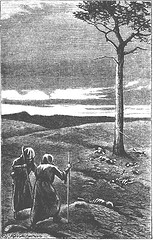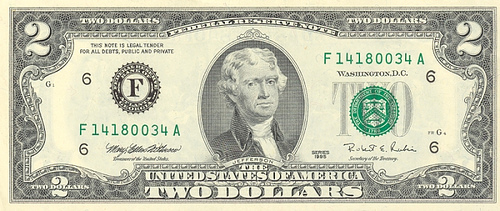In 1977, Los Angeles freelance writer Chuck Ross submitted a typed manuscript to 14 publishers and 13 literary agents. Ross claimed it was an original work, but in fact it was a freshly typed copy of Jerzy Kosinski’s novel Steps, which had won the National Book Award in 1969.
All 27 recipients failed to recognize Kosinski’s work, and all 27 rejected the manuscript.
Sadly, this is nothing new. From Lippincott’s Monthly Magazine, September 1888:
A disappointed literary aspirant, weary of having his articles declined with thanks, and doubtful of his critics’ infallibility, copied out ‘Samson Agonistes,’ which he rechristened ‘Like a Giant Refreshed,’ and the manuscript, as an original work of his own, went the rounds of publishers and editors. It was declined on various pleas, and the letters he received afforded him so much amusement that he published them in the St. James’s Gazette. None of the critics discovered that the work was Milton’s. One, who had evidently not even looked at it, deemed it a sensational novel; another recognized a certain amount of merit, but thought it was disfigured by ‘Scotticisms;’ a third was sufficiently pleased to offer to publish it, provided the author contributed forty pounds towards expenses.’



